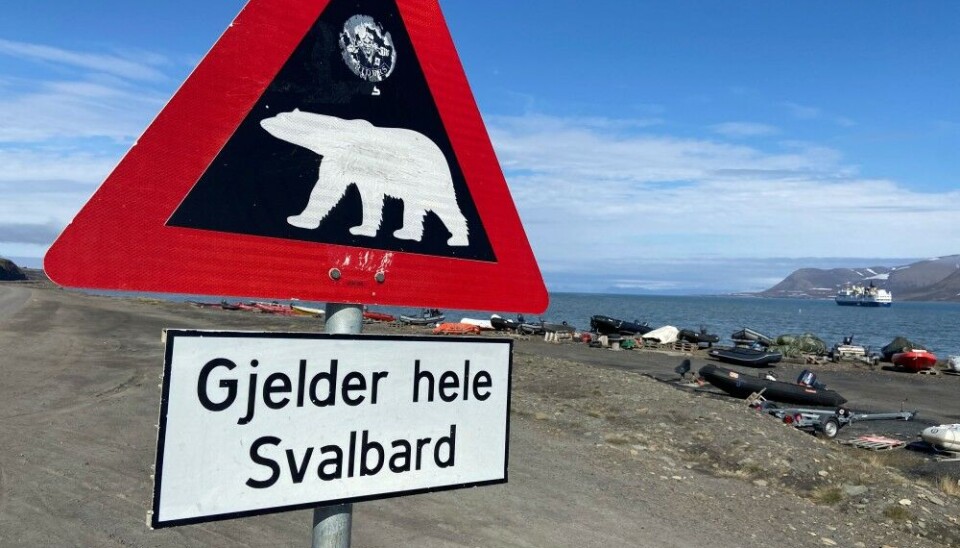
Longyearbyen sees first time ever above 20°C in August
Temperature records continue to fall across the Arctic. Svalbard airport Longyearbyen measured 20,3°C on Sunday.
Hottest day ever recorded in August, the Norwegian Meteorological Institute said from its measurements at Svalbard airport, a few short kilometers from Longyearbyen.
Normally, August should bring chilly winds here at 78° North. But nothing is normal any more. Especially in the Arctic.
The old record for the month was 18,1°C. August 11th came with more than two degrees warmer, 20,3°C.
Helgen var rekordvarm på Spitsbergen Svalbard lufthavn har for første gang målt over 20 grader i august.Dagens satellittbilde viser en kaldfront som nærmer seg fra vest. Temperaturen holder seg høy frem til den ankommer i ettermiddag. Kanskje blir det 20 grader i dag også? pic.twitter.com/Zc93KhoR57
Every single of the last 13 consecutive months have broken temperature record on earth, with every month also exceeding the 1,5 degrees Celsius higher than pre-industrial averages set as a warming limit in the Paris agreement.
Day-to-day temperatures are weather, not climate. Scientists, however, are clear: The Arctic is warming three times as fast as the global average. According to the Norwegian Polar Institute, this is mainly because the melting of snow and ice exposes a darker surface and increases the amount of solar energy absorbed in these areas.
At Svalbard, the trend is more extreme weather. Declining sea-ice in the Greenland Sea is a main reason for more rain in recent years and more will come, the Barents Observer reported.
More landslides are seen and thawing permafrost makes big trouble for locals as houses are sagging and coastal erosions increasing.
The period 1991-2020 had an average June to August temperature at Svalbard airport of 5,5 degrees, and for the last 10 years, the average has been 6,4 degrees, according to the Norwegian Meteorological Institute.
Final weather statistics will be published by the Meteorological Institute in early September. One can already now hint that the summer of 2024 will hit a new historic Arctic heat-peak.















